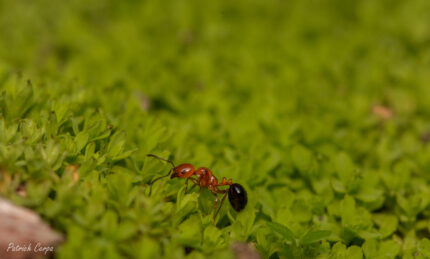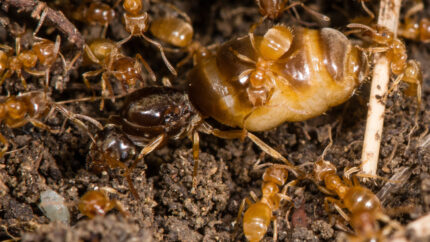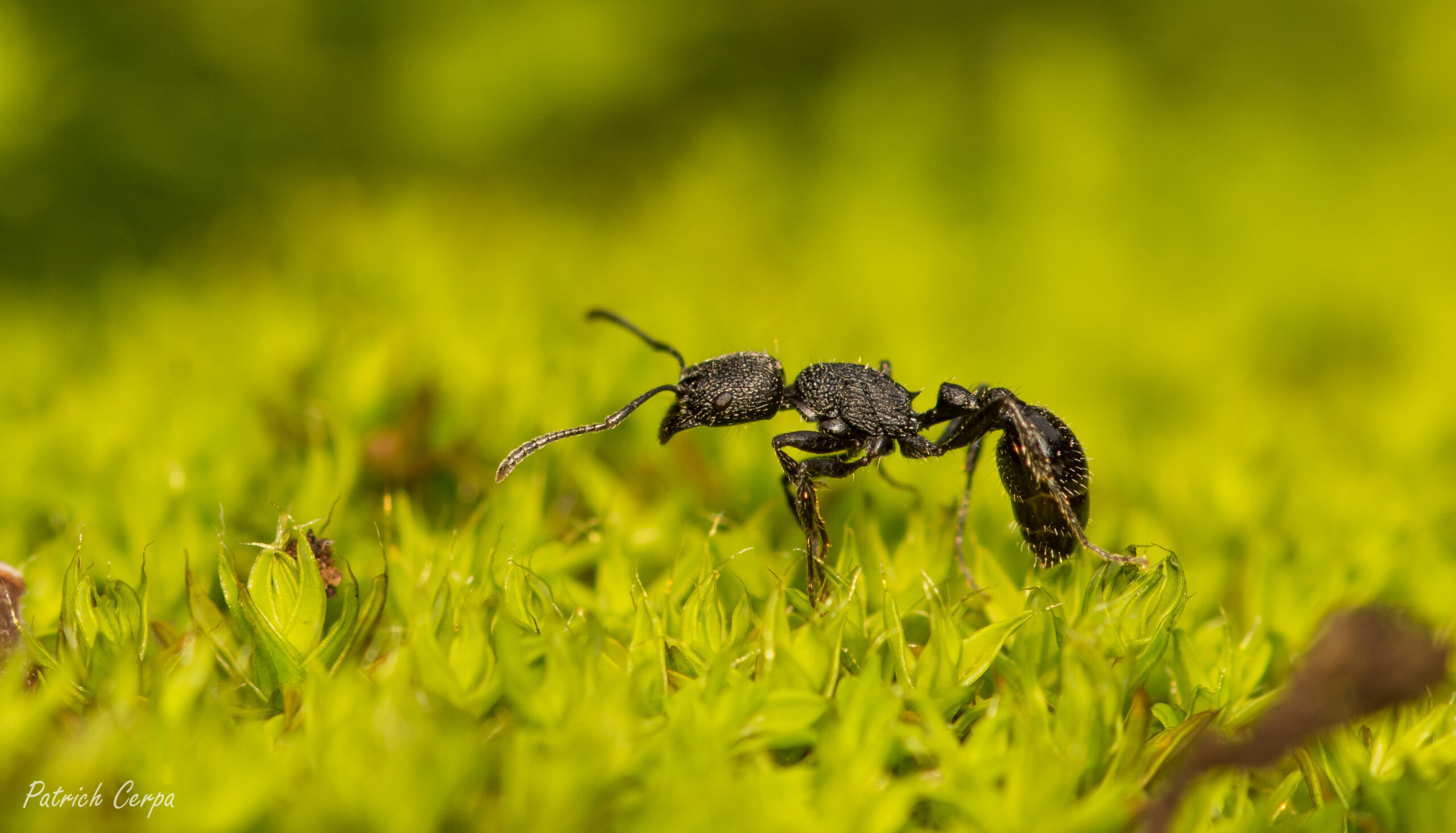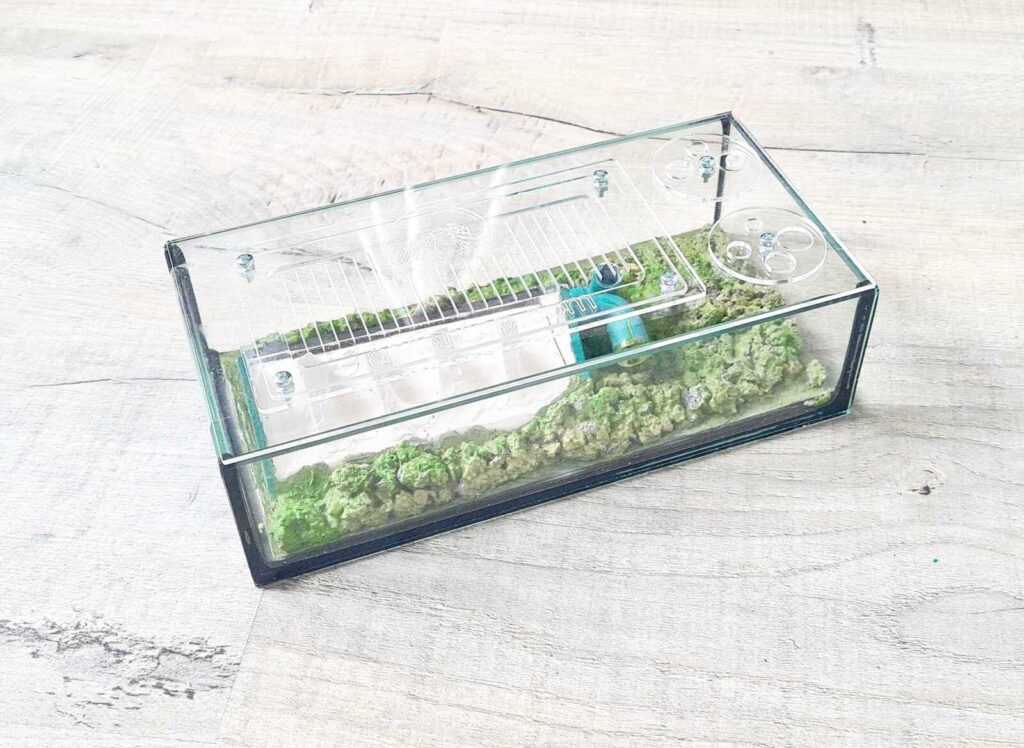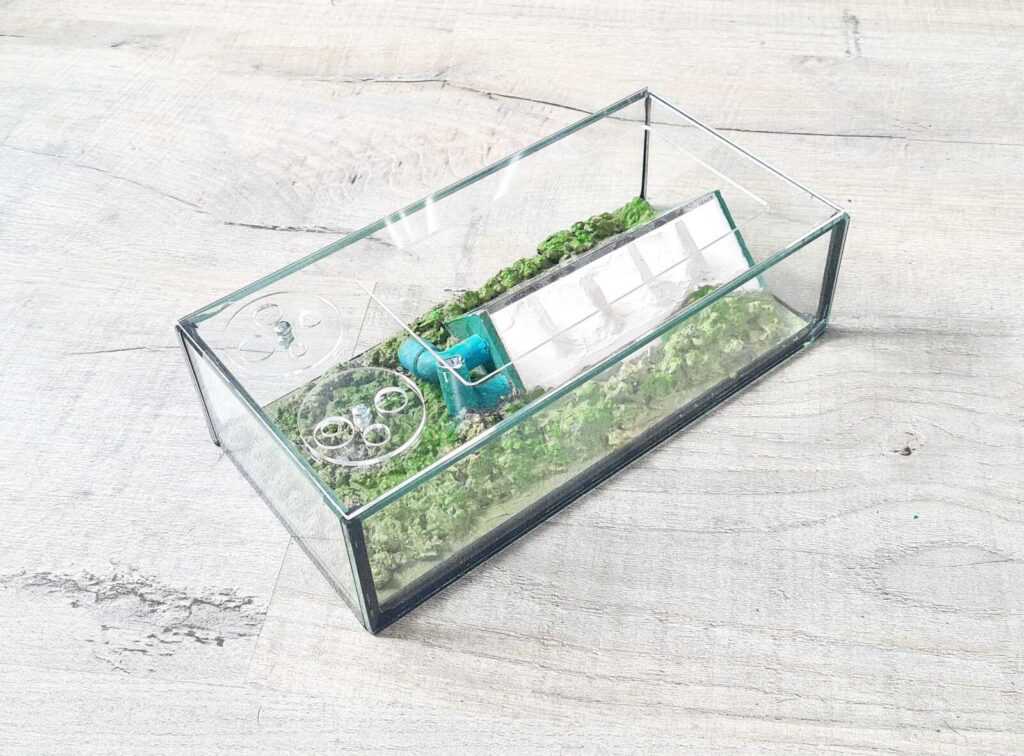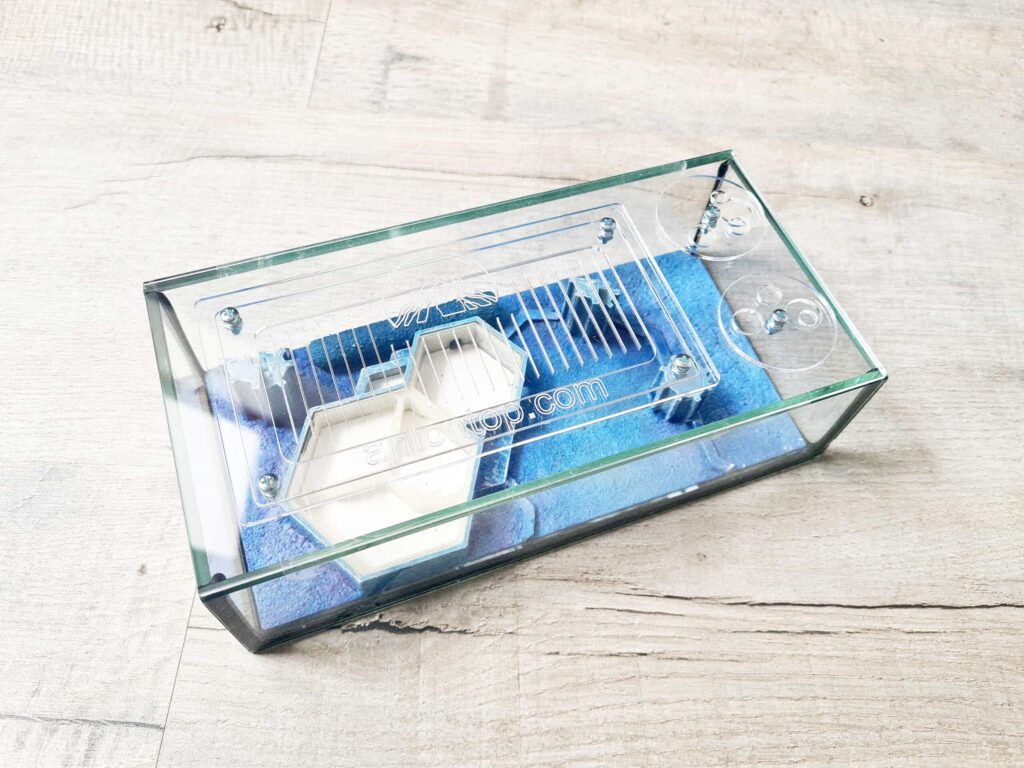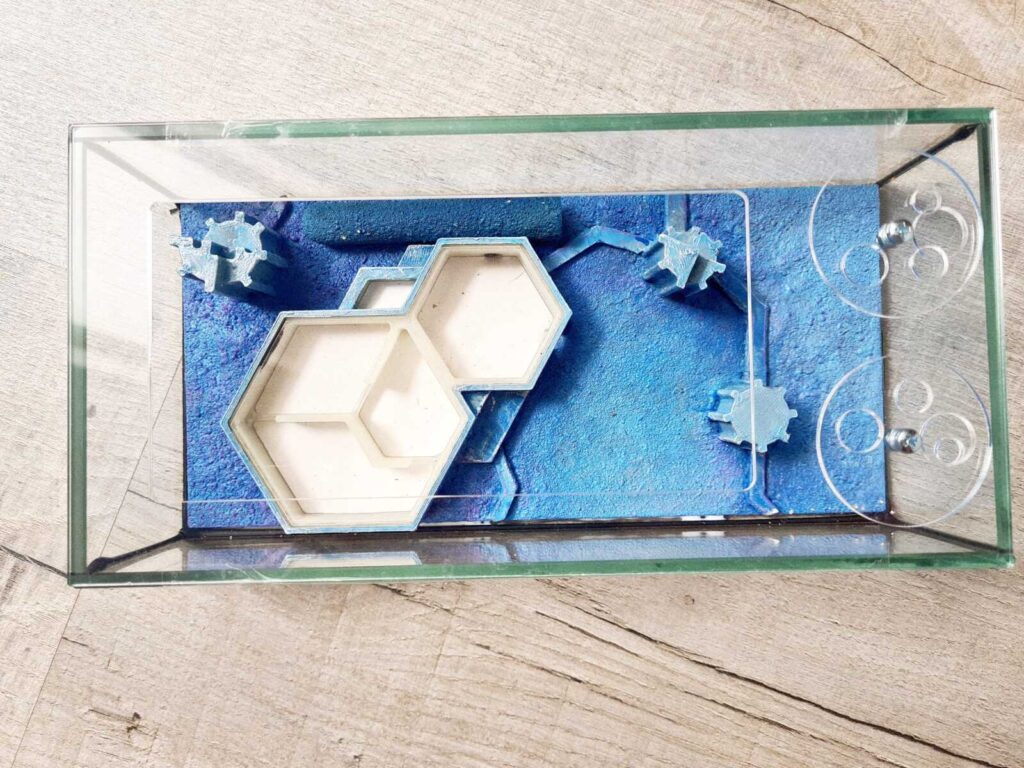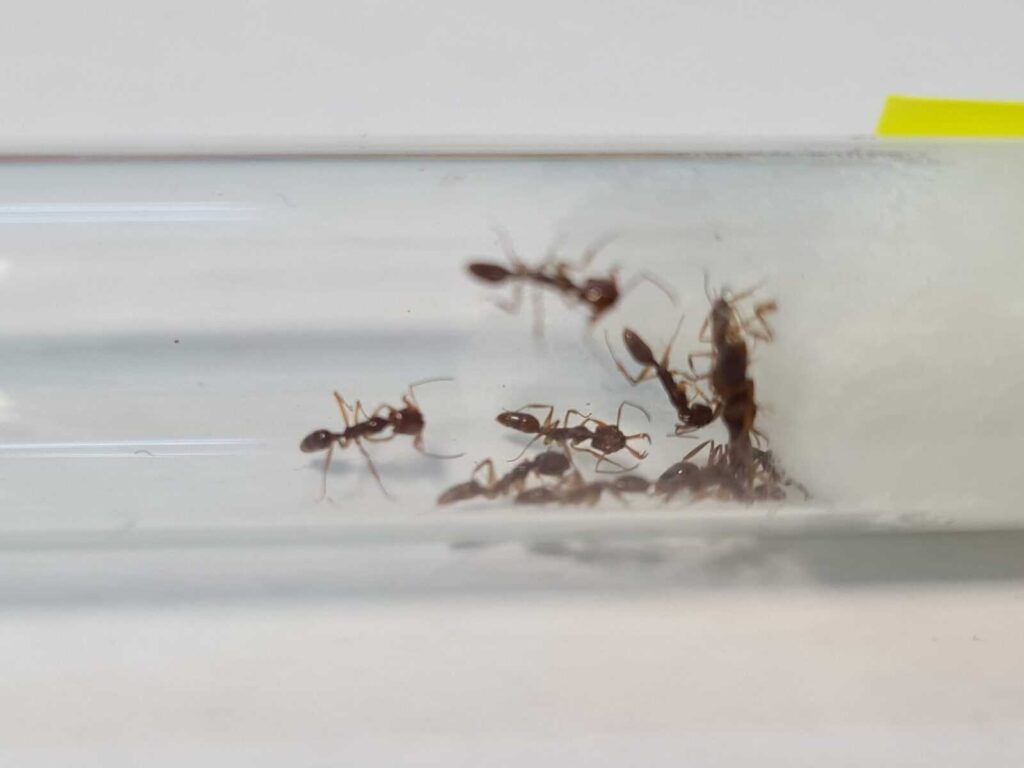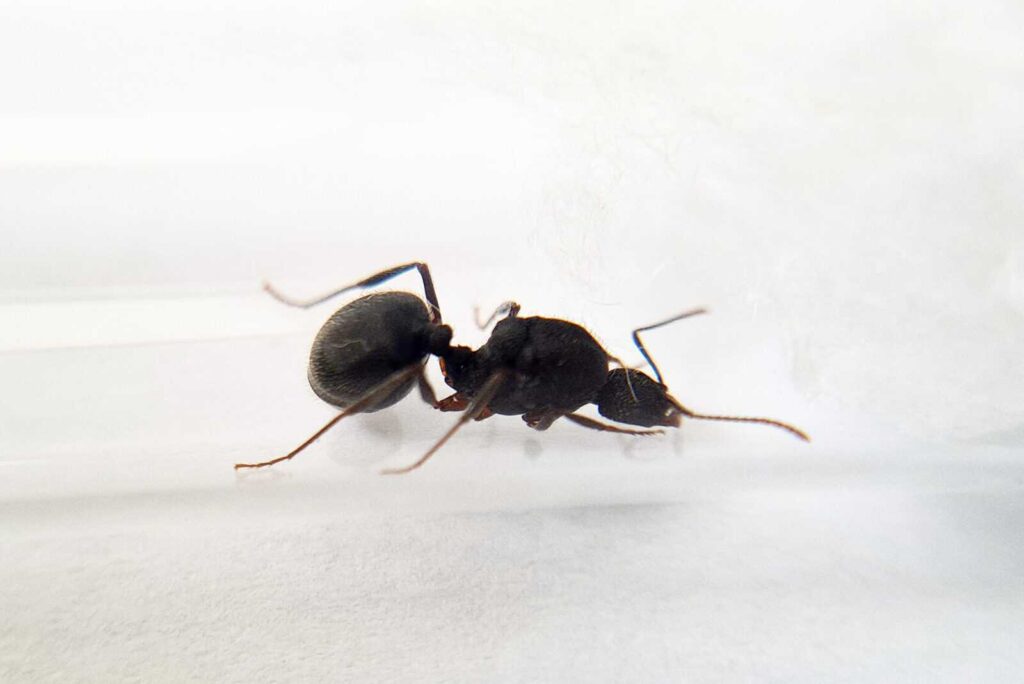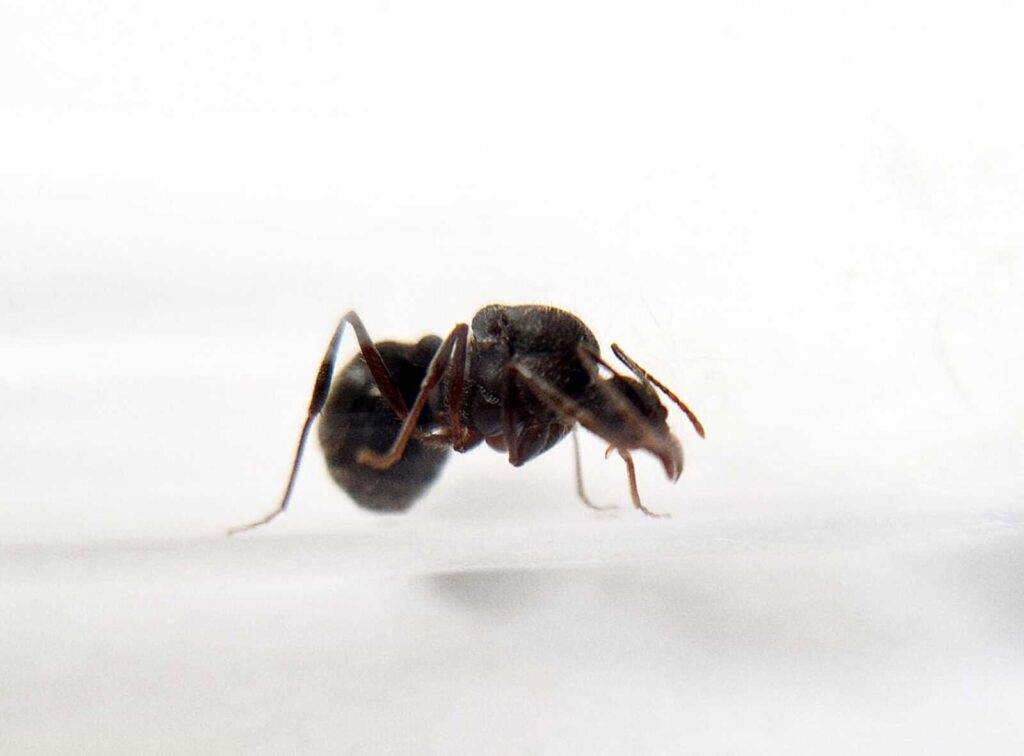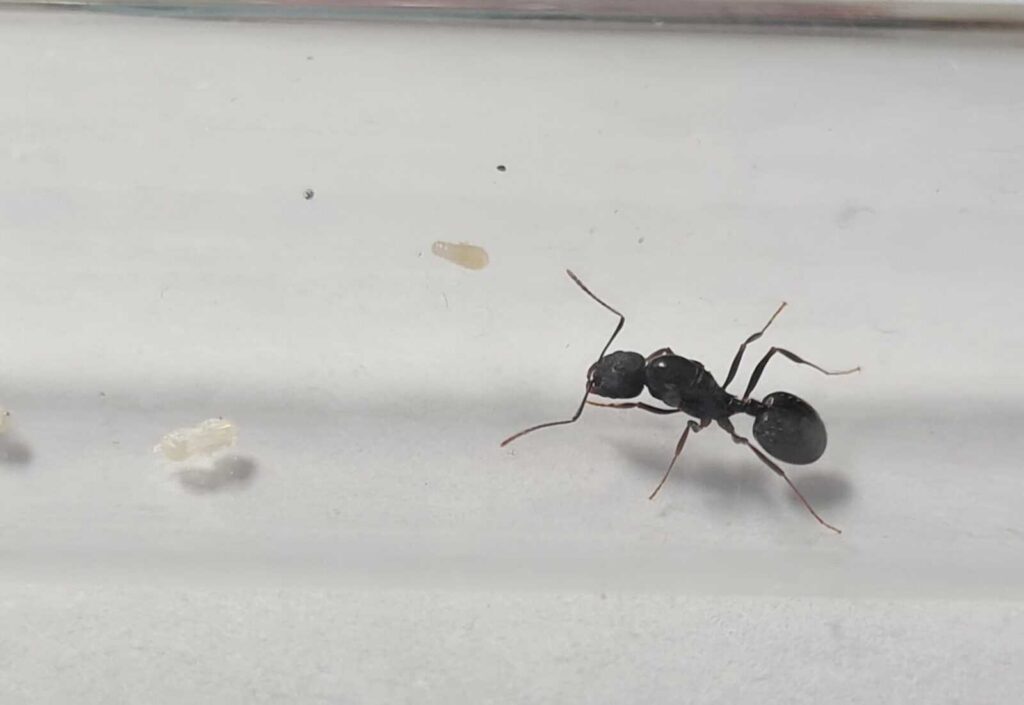Patagonomyrmex angustus
589,90 zł – 999,90 zł
Worldwide shipping
Free delivery over 500 PLN
The highest quality of goods
Live delivery guarantee
24/7 Personal Support
Fair Prices
Description
Patagonomyrmex angustus polygynous ant colony, with colony size usually under 400 workers, rarely exceeding that size in natural nests
Size: Queens: ~7-9 mm, Workers: ~4–6 mm
Additional information
| Behavior | |
|---|---|
| Difficulty in breeding | |
| Origin | |
| The size of ants | |
| Wintering |
Patagonomyrmex angustus
Colony Type
Polygynous (multiple queens), as typical for the angustus-group in the genus Patagonomyrmex
Colony Size
Usually under 400 workers, rarely exceeding that size in natural nests
Development Speed
Slow to medium growth—colonies expand gradually, especially in cooler climates
Size
-
Queens: ~7–9 mm
-
Workers: ~4–6 mm
Diet
-
Primarily granivorous: seeds from grasses, shrubs (dry seeds only)
-
Occasionally collect small insects or arthropod matter depending on availability
-
Sugar water or honey should be offered sparingly and dilute
These ants are adapted to low-moisture environments—avoid overly wet foods and prevent humidity build-up that could spoil seeds.
Environmental Conditions
-
Humidity:
-
Arena: 30–50%
-
Nest: 40–60%
-
-
Temperature:
-
Arena: 20–25 °C
-
Nest: 20–24 °C
-
Behavior & Traits
-
Foragers are diurnal, slow-moving, and solitary, showing timid and non-aggressive behavior
-
Nests are modest in size (often under a stone or in open ground), without elaborate structures or visible mounds
Nesting Recommendations
-
Use naturalistic formicaria with fine dry substrate (sand-clay mix or plaster)
-
Moderate ventilation is key to prevent mold—cool, slightly humid nest conditions are optimal
-
Avoid overly tight or high-moisture setups
Summary
Patagonomyrmex angustus is a rare seed-harvester ant best suited to hobbyists who appreciate structured, calm, and low-aggression colonies. Their small size, polygynous nesting, and temperate adaptations require patient care with dry seed-based diets, cool temperatures, and steady humidity control. With proper conditions and light feeding, these ants are fascinating and rewarding to observe.


